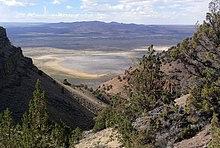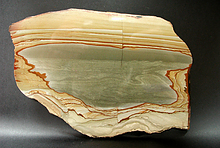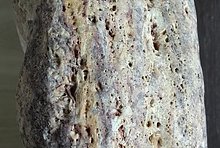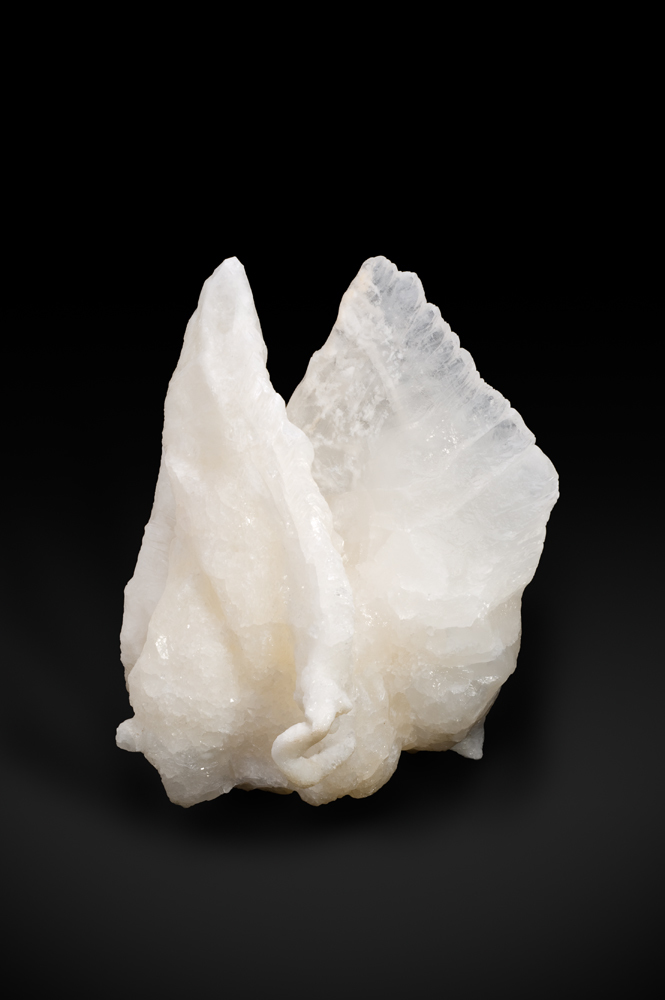Learning CenterWhat is a mineral?The most common minerals on earthInformation for EducatorsMindat ArticlesThe ElementsThe Rock H. Currier Digital LibraryGeologic Time
搜索矿物的性质搜索矿物的化学Advanced Locality Search随意显示任何一 种矿物Random Locality使用minID搜索邻近产地Search Articles搜索词汇表更多搜索选项
╳Discussions
💬 Home🔎 Search📅 LatestGroups
EducationOpen discussion area.Fakes & FraudsOpen discussion area.Field CollectingOpen discussion area.FossilsOpen discussion area.Gems and GemologyOpen discussion area.GeneralOpen discussion area.How to ContributeOpen discussion area.Identity HelpOpen discussion area.Improving Mindat.orgOpen discussion area.LocalitiesOpen discussion area.Lost and Stolen SpecimensOpen discussion area.MarketplaceOpen discussion area.MeteoritesOpen discussion area.Mindat ProductsOpen discussion area.Mineral ExchangesOpen discussion area.Mineral PhotographyOpen discussion area.Mineral ShowsOpen discussion area.Mineralogical ClassificationOpen discussion area.Mineralogy CourseOpen discussion area.MineralsOpen discussion area.Minerals and MuseumsOpen discussion area.PhotosOpen discussion area.Techniques for CollectorsOpen discussion area.The Rock H. Currier Digital LibraryOpen discussion area.UV MineralsOpen discussion area.Recent Images in Discussions
Identity Help"Angel wing" calcite... Locality?

3rd Feb 2010 22:54 UTCMichael J. Bainbridge Expert
It is from the collection of the Canadian Museum of Nature in Ottawa, specimen #35435.
Labeled as: "angel wing" calcite, Locality unknown.
Close-up of re-crystallized surface:
Thanks,
Michael

4th Feb 2010 01:58 UTCAnonymous User

4th Feb 2010 04:31 UTCMichael J. Bainbridge Expert
Oh yes, I should say that it's BIG too. Small things like this might be fairly common (although I've never seen one), but it might help to know that it's 25cm tall. FOV on the CU is 8.6cm x 5.8.
No, a guess certainly won't do. I just thought that somebody might say, "ah, yes. I remember in 1967 when Tucson was flooded with these things from..." Or something like that. I would never attach a definite location to it (neither, I'm sure, would Michel), but I thought I'd throw it out there in hopes of being able to put a "probably from..." on the photo.
We'll see...

4th Feb 2010 14:43 UTCAnonymous User

4th Feb 2010 15:29 UTCMichael J. Bainbridge Expert
4th Feb 2010 16:45 UTCReiner Mielke Expert

4th Feb 2010 17:41 UTCMichael J. Bainbridge Expert
Thanks
4th Feb 2010 19:24 UTCMaggie Wilson Expert
some time to kill this afternoon, so I'm searching the database, Michael... what do you think of the attached? It's also a unique form, though certainly not of the same scale

4th Feb 2010 20:54 UTCMichael J. Bainbridge Expert
I'm inclined to say that that specimen, although visually similar, would have formed differently. Those look like stacked, modified rhombs, similar to the saddle shapes we often see in dolomite. Certainly an unusual form, but it appears to be fairly standard deposition on matrix. ie, the calcite formed that shape as it crystallized.
The museum specimen however, appears to have been etched into that shape (starting from massive calcite and dissolved, roughly along the cleavage planes, into that form). The surface xls then formed over the etched base as the solution cooled. The etched calcite "wing" shape would be analogous to the matrix, and the surface texture the crystal deposition.
At least, that's my uneducated guess.
So, it's actually the unusual form of the 'matrix' which I think might be diagnostic, not the crystals themselves.

25th Feb 2012 23:03 UTCjames jjjj

5th May 2012 18:23 UTCAnonymous User
Dennis




版权所有© mindat.org1993年至2024年,除了规定的地方。 Mindat.org全赖于全球数千个以上成员和支持者们的参与。
隐私政策 - 条款和条款细则 - 联络我们 - Report a bug/vulnerability Current server date and time: 2024.4.26 13:53:56
隐私政策 - 条款和条款细则 - 联络我们 - Report a bug/vulnerability Current server date and time: 2024.4.26 13:53:56












